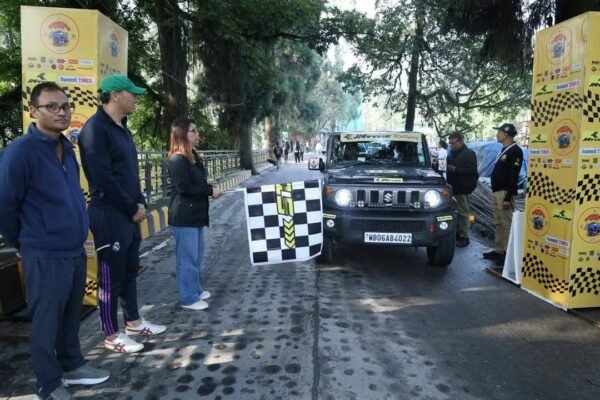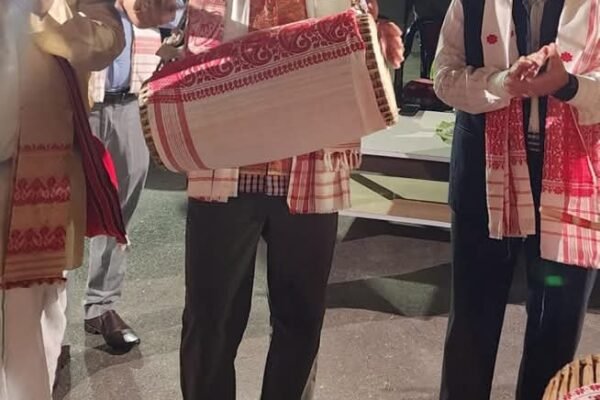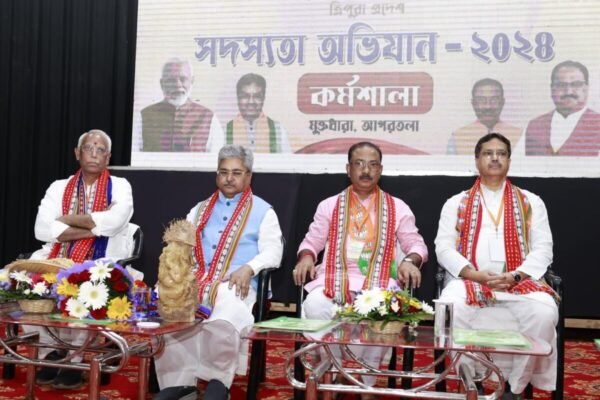- Sujal Pradhan, NET Correspondent, Sikkim
The famed Namsoong festival of Sikkim will be celebrated with the theme “Say no to plastic”, aiming to generate awareness on the grave impacts of plastic into environment.
Organized by State Level Namsoong Festival Celebration Committee 2021 -22 under the Chief Patronship of Education Minister K N Lepcha, the festival will be held at Biraspati Parsai Govenment Senior Secondary School Ground Marchak, East Sikkim on January 7, 2022.
Chief Patron of the celebration committee K N Lepcha elaborated on the significance of the festival which signifies the victory of good over evil. “It is a celebration of liberation and joy upon defeating the demon after having struggled and suffered under its atrocities apart from new year.” – asserted Lepcha.
He further asserted that the key reason for celebrating the festival is to spread awareness about the Lepcha tradition to younger generations.
Chairman of the celebration committee Sonam Venchungpa told this festival is significant, especially for younger generation. It depicts the traditional house of Lepcha that is ‘Rong Ghar’. He also said that present environment to celebrate this festival is conducive in SKM government and we can celebrate the concerned festival without fear through a completely apolitical manner.
“It would be wrong to limit the festival just to Lepcha community, all are invited into the event which will help to understand the rich culture, traditions, food, community, and overall the lifestyle. Mainly we expect youth to take away few things from the celebration as a lesson or knowledge.” – added Venchungpa.
The President of Sikkim Lepcha Association, TN Lepcha shared that another aim to celebrate this festival is to pass on the culture and traditions to newer generations.
However, the Vice President OT Lepcha, along with other members of the committee were also present during the press conference held on Sunday.
Brief History of Namsoong :
The Namsoong festival or the Lepcha new year festival is celebrated in the first Lepcha month of Kumit Lavo. The celebration begins from the last day of Moar Lovo which is the last month of Lepcha calendar. According to legends, Ithur Rum (Creator God) created the first Lepcha primogenitors – Phodong Theeng and Nawong Nyu and sent them to live in Mayal yang as brother and sister. However, they de-fled this sacred nature of their relationship and began living as husband and wife instead. Out of fear of wrath of Itbu Rum, they threw away their first seven children into the forest. However, Nuzong Nyu could not bear to disown and discard the subsequent children and the couple decided to take care of the children. The seven children who were discarded survived and turned into demons. They grew jealous of the fact that their parents discarded them and were made to fend for themselves while the other children born later were loved and taken care by their parents.
Among them was the demon king Lasso mung who continuously tormented the Rong folk in order to revenge for the maltreatment meted out to them. The Lepcha folk ran for their lives and finally prayed to Itbu Rum to protect them. God heard their prayers and sent Jor Bongthing and Nyulik Mun, two Lepcha elders to deliver the tormented people from evil. Jor Bangthing faced a lot of difficulty in fighting the demon because every year the Lasso mung would take the form of an animal i.e., as mouse, ox, tiger, eagle, dragon, snake, horse, sheep, monkey, rooster, dog and pig in continuous succession. Finally in the 12th year Jor Bongthing was able to kill the demon. It was the 29th day of the last month of Lepcha calendar. In order to ensure that the demon king was completely terminated, the Lepcha folk used stone, wood, iron, earth, fire, air and water to destroy his body. This is how the seven days in a week came to be named in Lepcha history.
Thus, the Lepcha festival of Namsoong signifies the victory of good over evil and it is a celebration of liberation and joy upon defeating the demon after having struggled and suffered under its atrocities.









